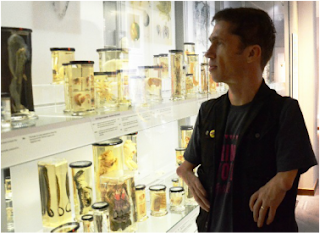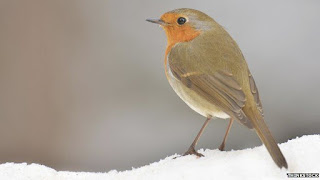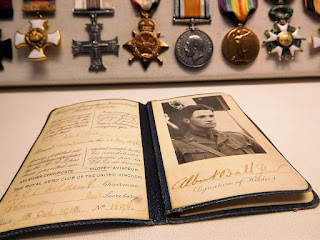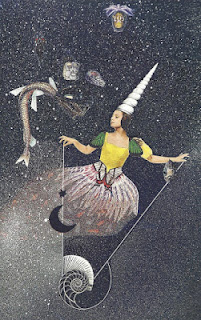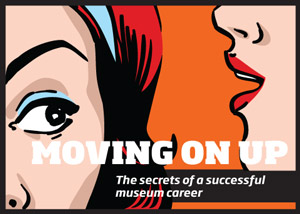A Modernist birthplace
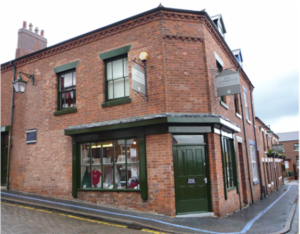
First Posted: 24th August 2015 In Reviews Hannah Comer visits our past clients at the D. H. Lawrence Birthplace Museum This piece of writing was influenced by The Birthplace by Henry James and various works by D. H. Lawrence. In his novel, James questions the status of the writer and Shakespeare’s legacy, and Lawrence, throughout his essays and fictional writings, questions the value ascribed to physical possessions. I wanted to explore this by looking at the notion of time and how Lawrence, and the figure of the author, has come to be regarded and represented within literature and culture. Moreover, Eastwood (Lawrence’s home town) and the surrounding area was a continual influence within Lawrence’s work and I wanted to capture the modern experience of visiting the birthplace museum and heritage centre. As a student at the University of Nottingham, Lawrence’s literary legacy and his place within Modernism form a large part of study and research, especially in the facilities wh
